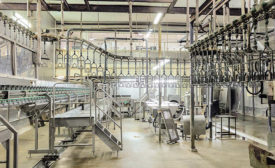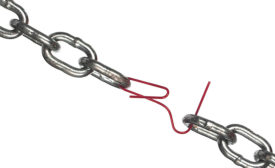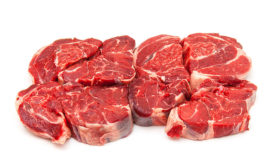Tech | Supplier's Perspective
Home » Keywords: » sanitary design principles
Items Tagged with 'sanitary design principles'
ARTICLES
Processing Tech
Improved sanitation and design on slicers, dicers and cutters
A cleaner cut: Improved sanitation and design is creating the slicers, dicers and cutters of the future.
Read More
Stay ahead of the curve. Unlock a dose of cutting-edge insights.
Receive our premium content directly to your inbox.
SIGN-UP TODAYCopyright ©2025. All Rights Reserved BNP Media.
Design, CMS, Hosting & Web Development :: ePublishing






